What is manufacturing?
Continuing our foray into the world of retail and eCommerce, today we’re taking a look at the earlier stages of the retail chain – manufacturing.
What is manufacturing?
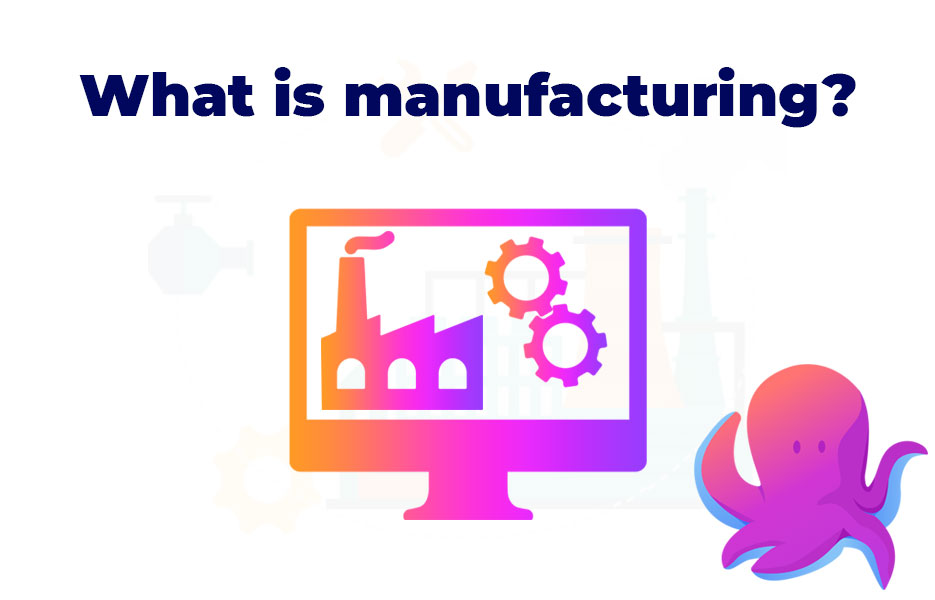
Manufacturing is a large-scale production of items that takes raw materials, parts or components and turns them into completed products, using machinery. These items can then be sold directly to consumers, to distributors, wholesalers or suppliers, or to other manufacturers to aid the completion of other products (such as in the case of a car parts company who supplies a car manufacturer).
Where the assembly line process, and technology allows for efficient manufacturing techniques, manufacturers can benefit from economies of scale – where more units can be created on a larger scale, with fewer input costs. As the business grows and more units are able to be produced, the company has a better chance to reduce their costs.
UK manufacturing statistics
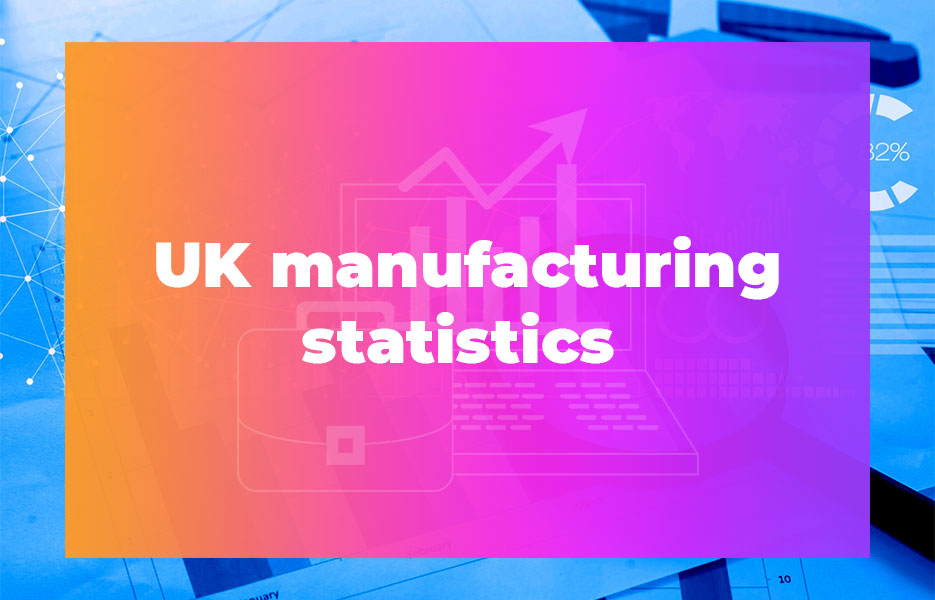
We love a good number of statistics – especially when they demonstrate how important something is!
- Great Britain is the 9th largest manufacturer in the world by output
- The industrial sector has increased by 1.4% each year since 1948
- employs 2.7 million people – earning an average of £32,500
- contributes 11% of GVA
- accounts for 45% of total exports – totalling £275bn
- represents 69% of business research and development (R&D)
- provides 13% of business investment
Source: The Manufacturer
When did manufacturing begin?
During the Industrial Revolution (around 1760 and 1840), businesses discovered the power of machinery to create items (that would once have been created slowly by hand) in a mass-production process. This was brought about due to the iron making process being refined, and the ways in which steam power was able to be used.
Modern manufacturing began, using parts that could be used interchangeably, which allowed completed items to be made more quickly and reducing the need for customisation. Since computers and electronic equipment began to enter the workspace, costs have been reduced although upfront capital investment is increased. Operating skills and processes have changed significantly, and lower skilled manufacturing has been moved from developed countries to less developed countries to minimise labour costs.
Technology may have allowed for increased production capacity, but it has also reduced the number of staff required to create the same number of items.
The retail chain
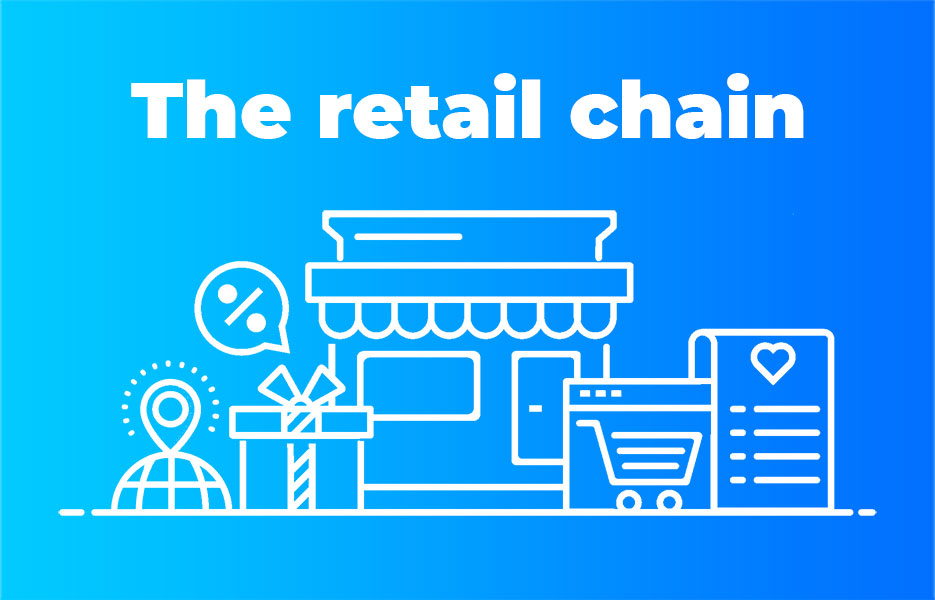
Manufacturers are right at the start of the retail chain – without manufacturers, it is likely that retail would look pretty different. The only businesses ahead of them in the chain are the raw material suppliers.
Manufacturer -> distributor -> wholesaler -> retailer -> consumer
As we’ve mentioned in previous posts, categories of business aren’t always clear, since some manufacturing businesses have developed direct to consumer arms that mean they sell to customers via a shop, website or through marketplaces.
Manufacturing processes
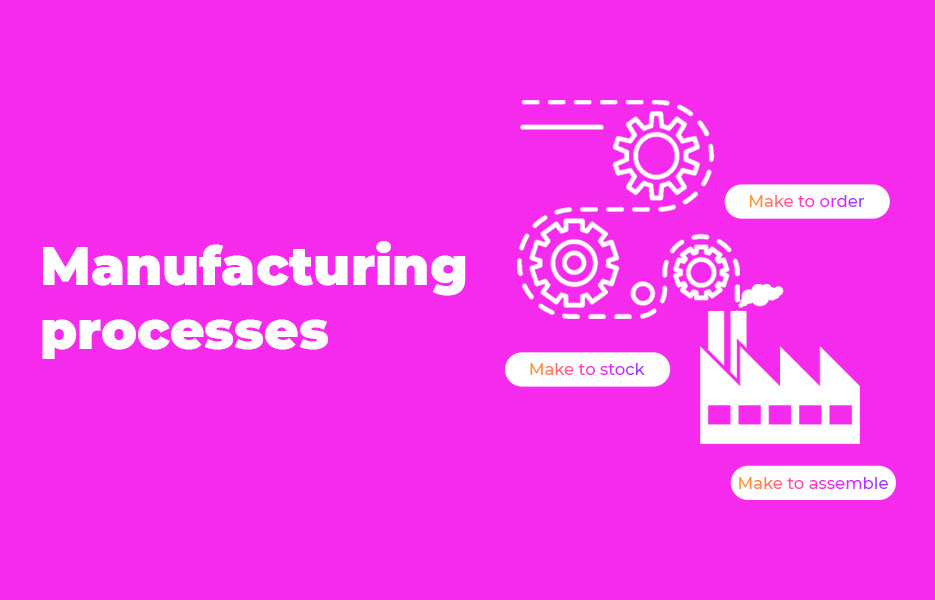
There are three main models of manufacturing production: make-to-stock (MTS), make-to-order (MTO), and make-to-assemble (MTA). Some manufacturing businesses will use a combination of these models – for example, where manufacturers create seasonal items, they may use the make to stock model in the lead up to the season, but when the product is out of season, they may use make to order manufacturing.
Make to stock
This is a traditional manufacturing strategy. Manufacturing businesses will use data from the businesses they work with, or their own sales data from previous years to predict consumer demand, which enables them to plan for their production activity.
The problem with this strategy is that it works with data from previous years, which doesn’t allow for contingencies. Years such as 2020 and the COVID-19 crisis highlighted the risk in making items to stock – demand for many seasonal items (including spring dresses, for example) dropped to record lows, meaning that manufacturers were left with a surplus.
Make to order
This type of manufacturing is popular amongst makers of good that are customisable, or even completely bespoke. Products are created only once the order has been received.
This means that customers are likely to wait longer for their item, but there is much less chance of having excess inventory, meaning that the business doesn’t have their cash tied up in surplus stock.
Make to assemble
Make to assemble is a mix of the previous two types of manufacturing. Make to assemble means that manufacturers have basic components ready to be put together, which means customers can have their items customised if they choose, but they can receive their orders much more quickly too.
The problem with this strategy is that if the orders are not placed by customers, they will end up with a warehouse full of component parts that they are unable to use for anything.
Benefits that the manufacturing industry offer
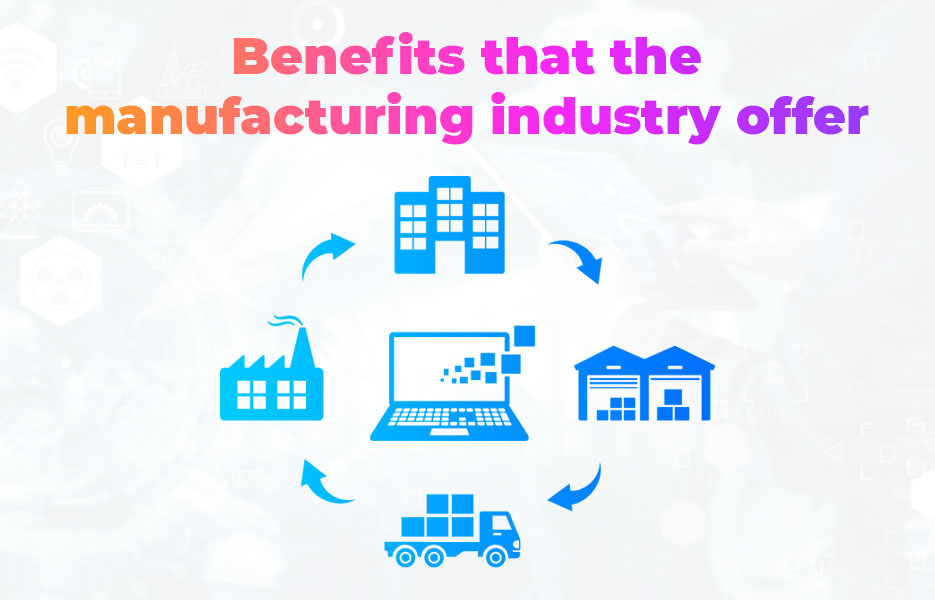
- Creating jobs – both in the local area and where the raw materials are created
- Reduced costs for in-country delivery
- Shorter lead times for delivery
- Better for the environment
- Increased safety and quality control
- Domestic customer service
- Less complicated taxes
- Increased domestic consumer spending
10 risks that manufacturing businesses face
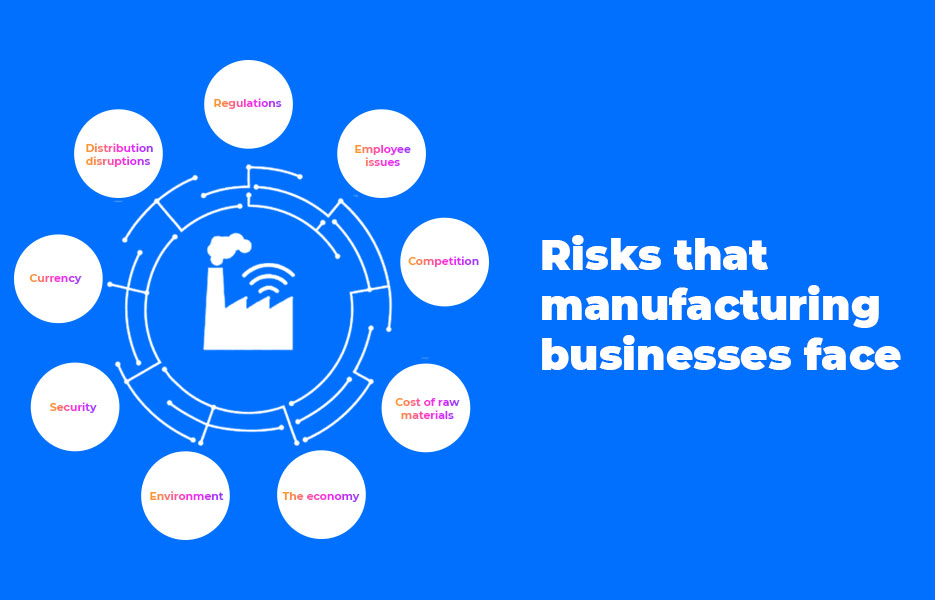
Distribution disruptions – if there is an issue with getting raw materials to the factory, or distribution businesses do not collect and deliver completed products, there will become an issue for the manufacturer. Either they won’t be able to create the products because of a shortage with raw materials, or they will end up needing to store excess stock that would normally have been moved on.
Regulations – changes to local, national and international policy and law may have an impact on manufacturing businesses. This can include employment law changes, environmental regulations or working hour regulations, which may have an impact on costs.
Employee issues – concerns with employee welfare, unions, sickness and annual leave – they all add up to creating a potential headache for any employer. For manufacturing businesses it is even more crucial, since having sufficient staff to run the factory is essential to remain on target.
Competition – where competitors are merged or acquired by bigger businesses, monopolies may start to form, which can force the price of completed items down and make it harder for smaller businesses to survive. New technologies can also cause competitors to be able to create items on a bigger scale, or for smaller costs, so businesses need to plan to upgrade their systems when it makes sense to.
Cost of raw materials – any changes to the cost of raw materials will impact on manufacturing businesses. Where the price of raw materials increases, there will be an increase in the cost of the completed product. That means that profit margins will become slimmer, or the cost of each item will need to be increased, which may impact the long-term prospects for the business.
The economy – when there is a downturn in the economy and people are spending less money overall, manufacturing businesses are often impacted. Recession or economic upturn can influence the availability of materials as well as the cost of raw materials, consumer buying patterns, and the availability of the workforce.
The environment – customers are becoming more and more socially conscious and buying patterns are reflecting this. Not only that, where environmental law is being modified to reduce pollution, manufacturing businesses may need to change their practices, which can impact on cost.
International operations – international trade agreements, and major changes such as the UK leaving the European Union can impact on manufacturing businesses, particularly for raw material imports, and finished product exports. Even where just one country makes a change, there may be an impact on manufacturers worldwide.
Security – data security is one of the biggest concerns for all businesses. Since the GDPR came into effect, the potential fines for data breaches are bigger than ever. Personal data aside, manufacturers need to keep their systems up to date and completely secure to ensure they are as safe as they can be from hackers.
Currency – international trade means that businesses need to be aware of the impact of exchange rates, particularly where raw materials are imported, or the finished products are exported. It is difficult to predict when exchange rates are likely to fluctuate.
Mitigating risk

These aren’t the only risks that manufacturing businesses will face – each business is unique and will have different challenges to deal with. Creating too many items risks poor cashflow, while not creating enough means potentially not meeting demand and retailers sourcing the products they want from other manufacturers.
To ensure the risks to their business are reduced, manufacturing businesses need to keep production costs low – which might also mean reducing labour costs – while maintaining excellent quality control and investing in sales and maintaining strong working relationships with distributors and wholesalers to ensure optimal sales.
The Annual Manufacturing Report in 2019 suggests that UK manufacturers are positive – however this was (of course) released prior to the COVID-19 pandemic, and so the mood in 2020 is likely to be considerably different.
Manufacturing plays a huge role in all retail and eCommerce businesses – whether they deal directly with the manufacturer or that is done for them by a distributor or wholesaler. It isn’t just retailers and eCommerce sellers that benefit from manufacturers though – it is the wider economy, both domestic and global.

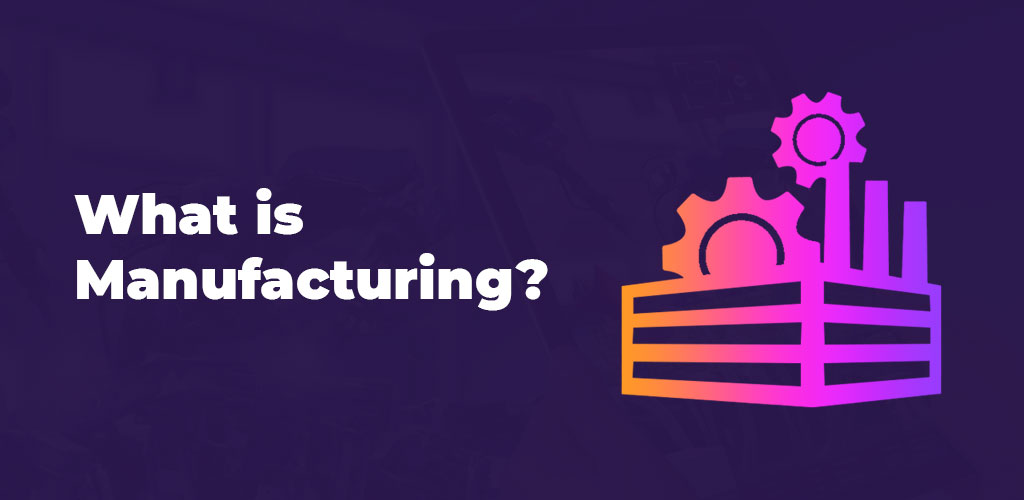


DropShip products from verified suppliers to diversify your inventory and scale your eCommerce business